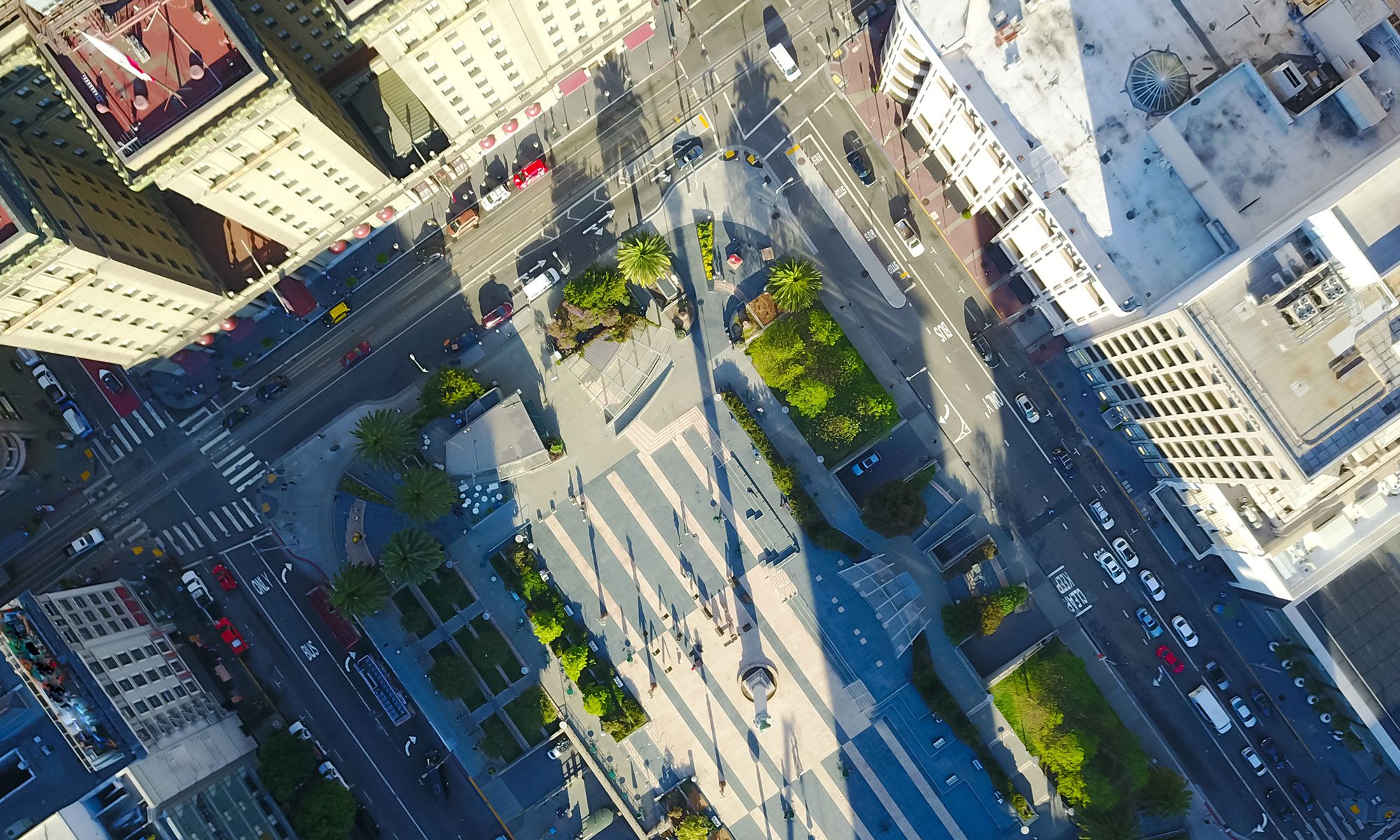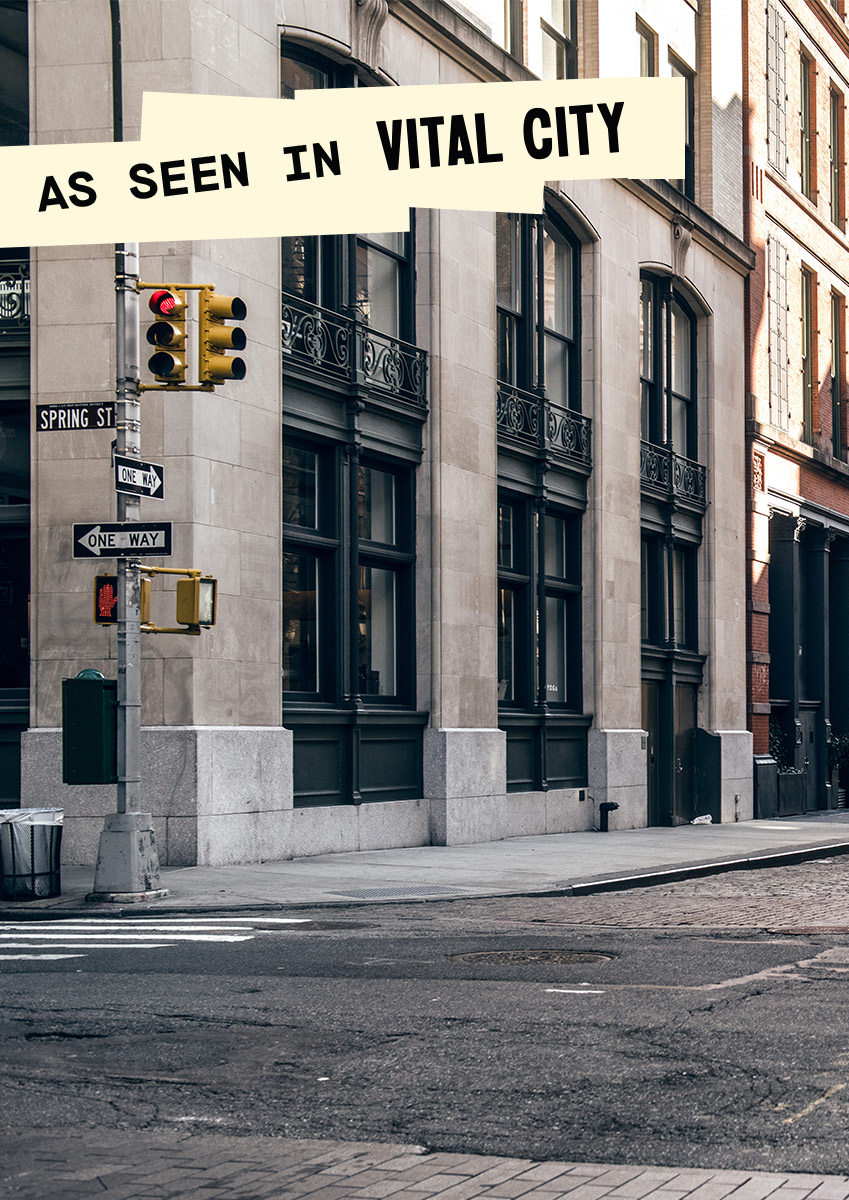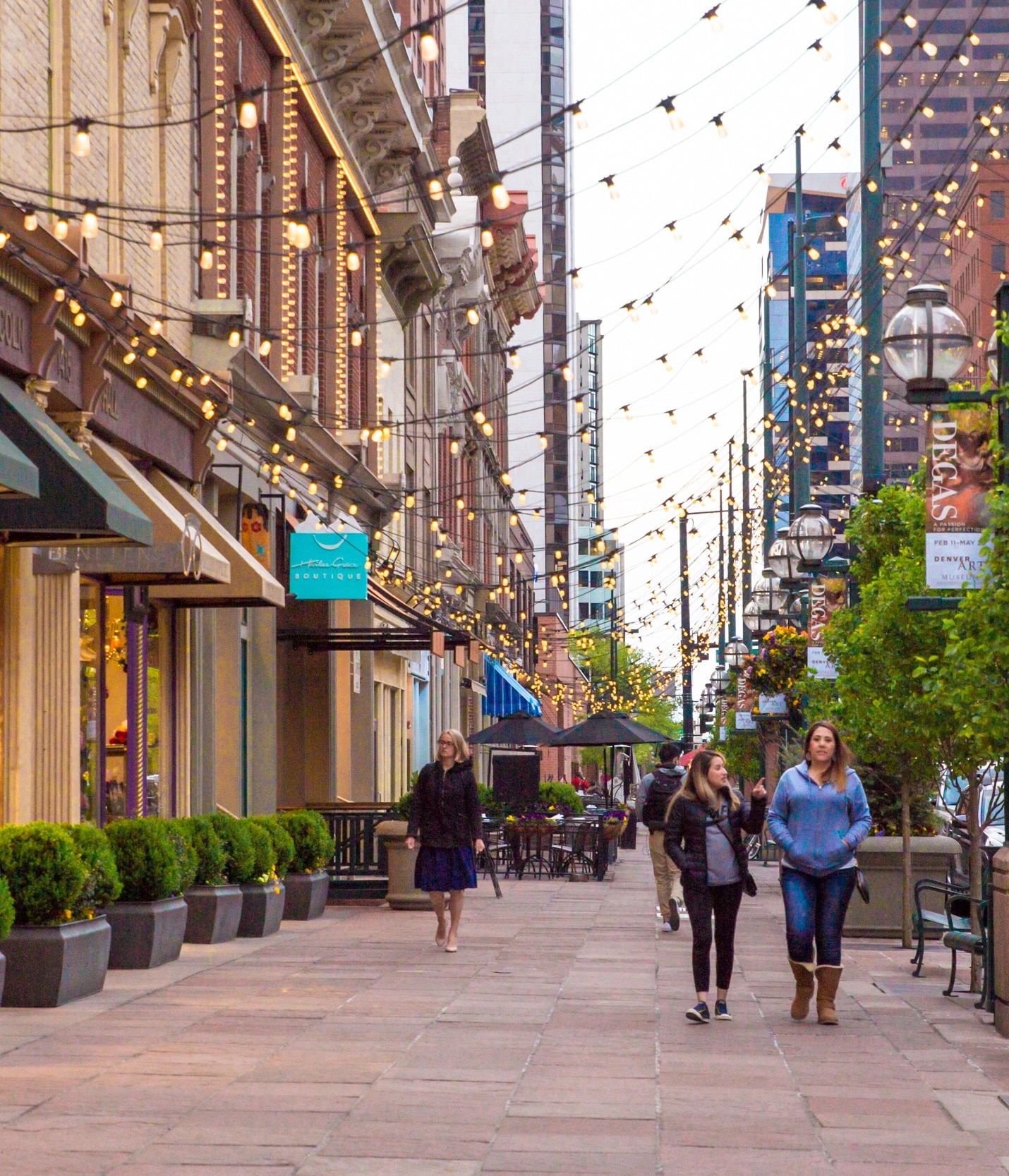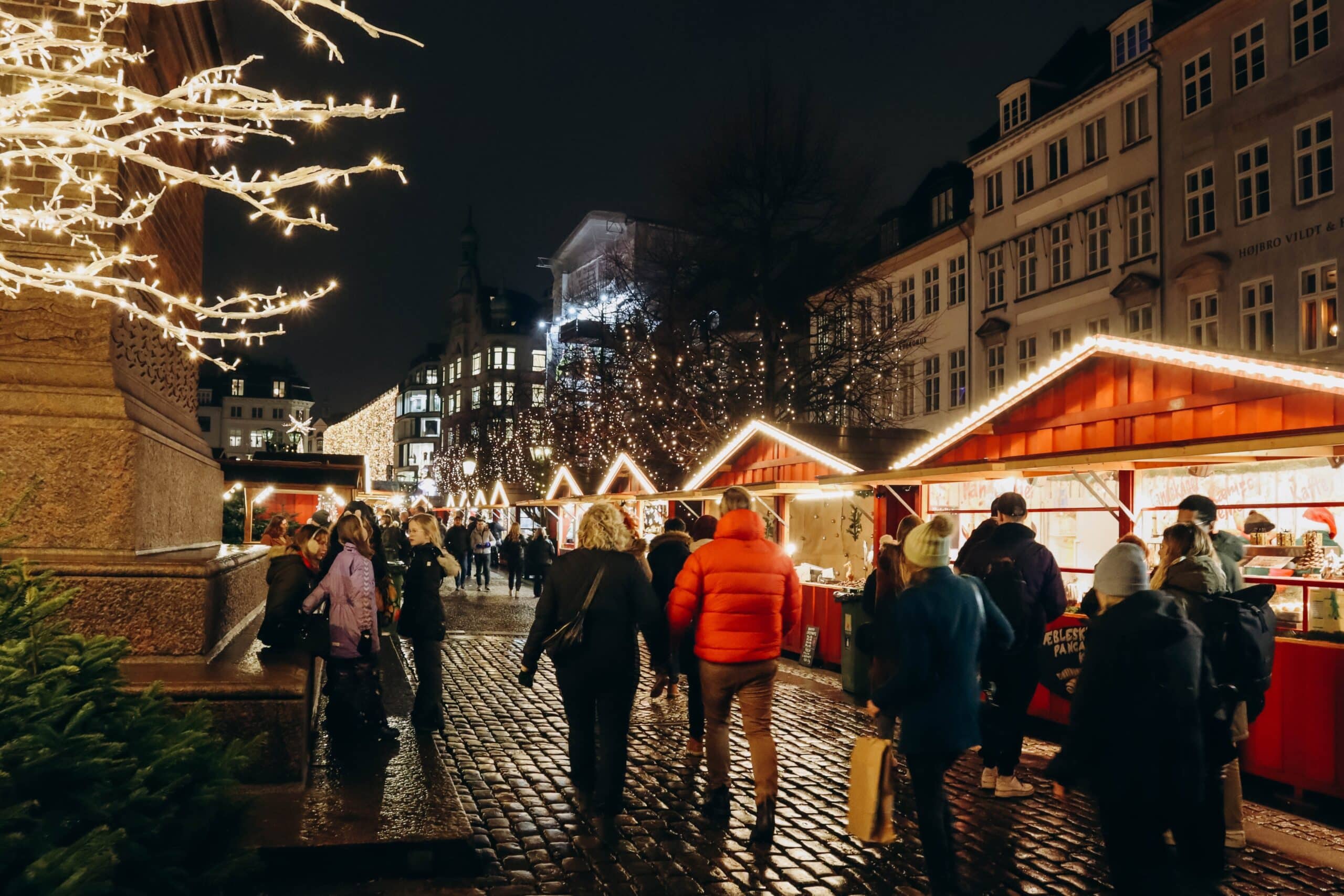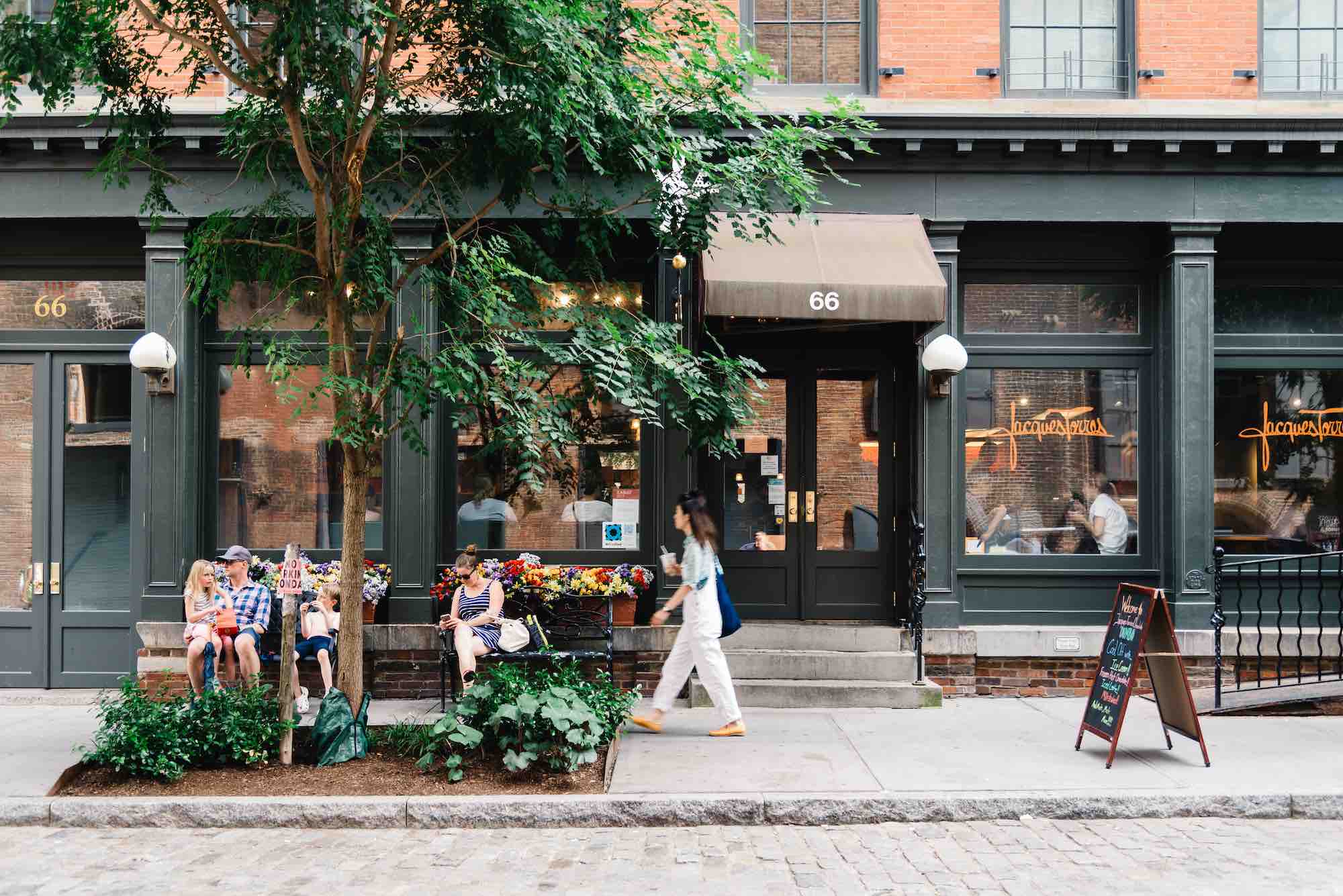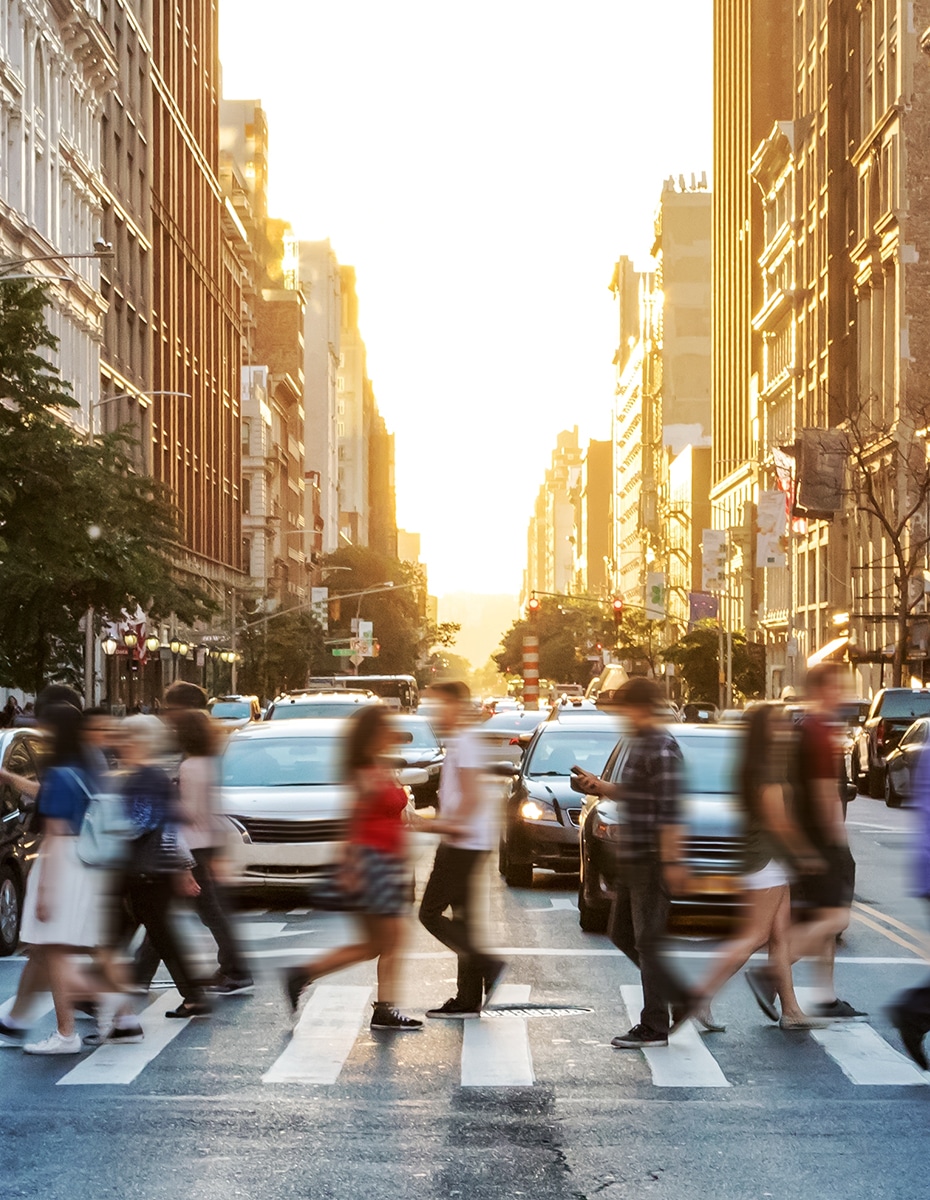Managing Director,
Public Non-Profit Solutions
PNP Managing Director weighs in on the future of Cities.
When Harvard Economist Edward Glaeser talks – people listen. In a recent Wall Street Journal article entitled “Can America’s Cities Make a Post-Pandemic Comeback?”, Glaeser states that the pandemic is having a “direct and withering assault on cities.” It is an easy statement to make – but I believe a statement of this scale and magnitude deserves a bit of a deeper dive.
The slow return to office has certainly been difficult for Central Business Districts. At Streetsense, we know this firsthand from our own experience going remote in our offices and through our work with office-dominant Business Improvement Districts throughout the nation, including San Francisco’s Union Square. But this statement is true if, and only if, we use “City” and “Central Business District” interchangeably. The fact is, our cities are more than just their CBD’s. The City of Boston, for example, is comprised of 23 diverse neighborhoods that cover 48.4 square miles. Philadelphia is 141.7 square miles and New York’s boundaries cover 302.6 square miles – with hundreds of neighborhoods spread out over hundreds of miles. In fact, the data suggests that the neighborhoods in these cities, where people actually live and increasingly also work, have in fact proven themselves to be quite resilient. An analysis of spending conducted by the Mastercard Economics Institute during the pandemic found that sales growth had increased between 2019 and 2021 in New York’s outer city neighborhoods, likely fueled by the daytime spending of those working from home. Spending has not disappeared, but rather shifted.
In fact, cities like New York have seen a surprising rebound in their rental markets. Rental growth has increased 29.5% year over year, significantly more than the nation as a whole, which stands at 15.3%, according to the online listing site Apartment List. While this has proven to be incredibly painful for property owners and the commercial real estate industry, I believe that this is a form of “creative destruction,” a term coined by Economist Joseph Schumpeter, that describes a wholesale reconfiguration of the economic order that is likely unavoidable and unwise to deny.
Our Public Non-Profit Solutions team continues to look ahead to solutions for places that are rooted in improving our cities as a great place to live a great life. Cities must remain a hub of world-class culture, entertainment, education, and healthcare that can be accessed by safe and efficient transportation systems. They must remain places where business meetings co-exist with the thrill of meeting a new friend, attending a museum or lecture, or even finding a life partner – all IRL (In Real life). Hybrid work is likely here to stay, but this does not mean that our cities are under “assault”. In fact, the pandemic may have instead facilitated a renaissance in our cities that is powerfully tied to how interesting and exciting we make them.
For more information on our Public Non-Profit Solutions Group please contact Larisa Ortiz, lortiz@streetsense.com
To download our most recent publication: Navigating the New Economics of Place click here.
BACK TO LATEST

